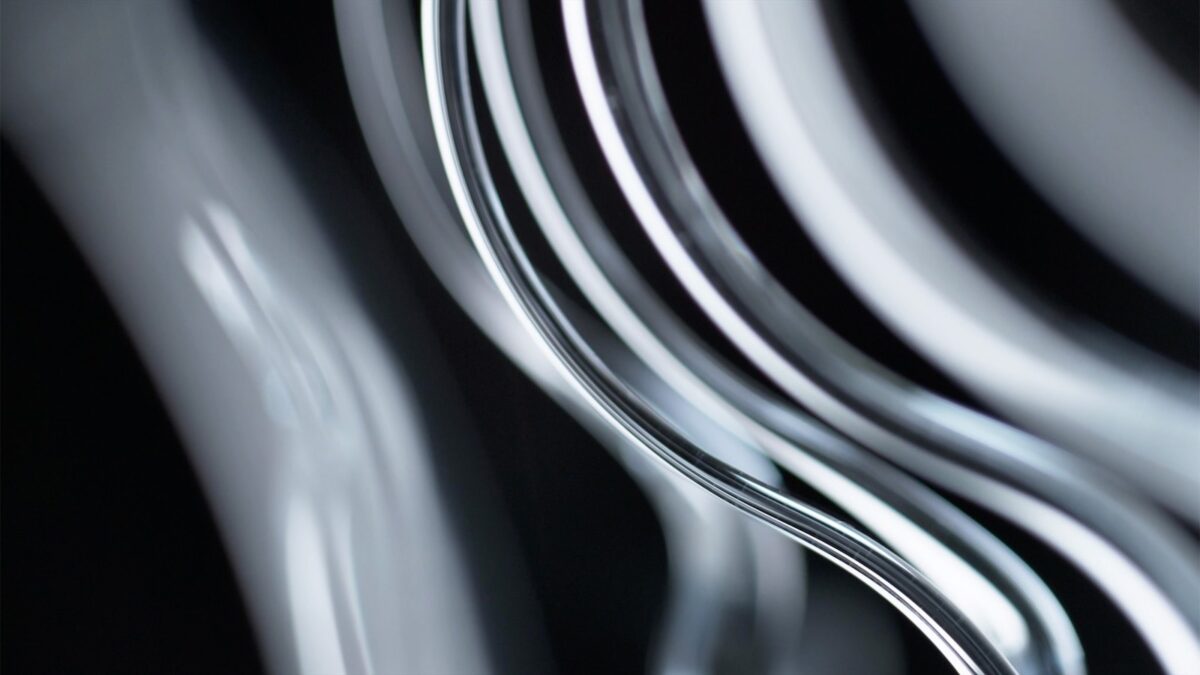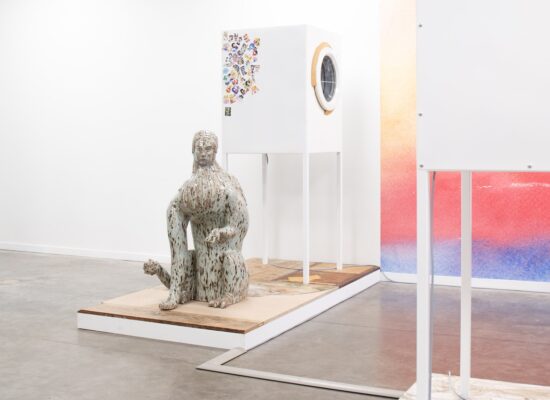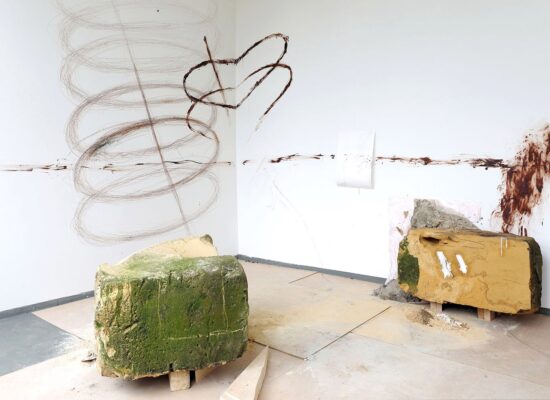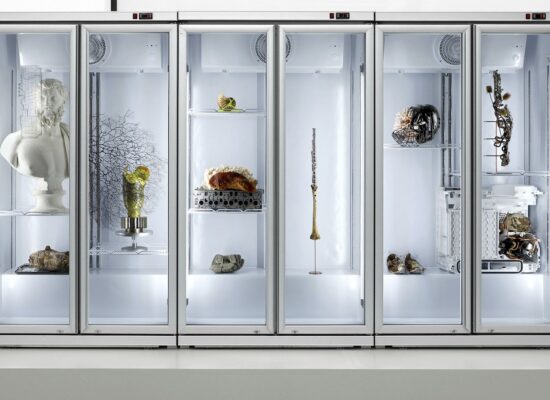Lives in Rotterdam and The Hague, The Netherlands
Website https://jannetjejeanine.nl
How do you describe your own art practice?
My practice invites viewers into alternative realities where technology does not evolve through control and precision, but through vulnerability, malfunction and decay. I work in the in-between spaces, between art and science, technology and craft, where boundaries blur and new forms emerge.
Construction and destruction are not opposites in my work, but intertwined forces, two parts of the same process. A moment where the old disintegrates to make way for the new. Here, destruction is not an end, but a generative act. A necessary act of becoming.

Which question or theme is central in your work?
A central question in my work is how technology shapes, extends, and constrains our imagination. I challenge the dominant image of machines and technology as flawless, efficient, and indestructible, instead embracing vulnerability, malfunction, and decay as meaningful aspects of our relationship with technology.
I’m drawn to systems that resist full control. In a world increasingly driven by optimization, efficiency, and predictability, I look for slow spaces where the uncertain and the unexpected can still exist.

What was your first experience with art?
I can’t remember a time when I was not drawing, constructing, or deconstructing something. Often breaking things in the process. One of my first experiences of translating imagination into form, outside school assignments, was through my grandmother. On Wednesday, we would visit the fabric stall at the market to choose materials, which she would later turn into garments using her collection of pattern books. Through her, I witnessed how something abstract such as an idea could take on physical shape.

What is your greatest source of inspiration?
My greatest source of inspiration comes from figuring out how things work. My practice is rooted in a deep curiosity for material and craft and driven by an exploration of inherent material qualities and technique, but approached through a conceptual and experimental lens.
Glass has become the material where my ideas converge. It fascinates me through its inherent contradictions. Strong yet fragile, fluid yet solid, transparent yet reflective. As an amorphous solid without a fixed crystalline structure, glass embodies dualities. It can hold two truths at once, without one negating the validity of the other. In an age obsessed with classification and control, glass offers a poetic counter-narrative. A form of stability grounded in instability, existing at the edge of order and chaos.

What do you need in order to create your work?
The mental space to question and experiment, which arises through time and resources. My work emerges through active research, a lot of experimentation and observing outcomes. I need room to explore, but deadlines are important tools for exploration too. The pressure of an upcoming exhibition pushes the work out of the studio and into the world, where it can be tested in dialogue with an audience.
Audience interaction is important to my practice, particularly when it defies my expectations. Since I began exhibiting my kinetic sculptures, I noticed that visitors would touch or attempt to activate them, often resulting in damage. Initially frustrating, I realized this behaviour revealed something deeper about the work, about how people relate to it and the impulse to engage with objects. It was this insight that led me to start creating experimental interactive installations.

What work or artist has most recently surprised you?
In early April, I had the pleasure of experiencing Fluid Anatomy by Iona Vreme Moser at Quartair in The Hague, presented as part of the Proximity Music Program by iii during Rewire. The work is an alternative computational model, a liquid computer entirely powered by water and air. Walking through the space was a mesmerizing experience, with the interplay of fluid shapes and the rhythmic sounds an immersive and intimate atmosphere. It was a beautiful reminder of how technology and nature can converge to produce something both beautiful and unpredictable.




